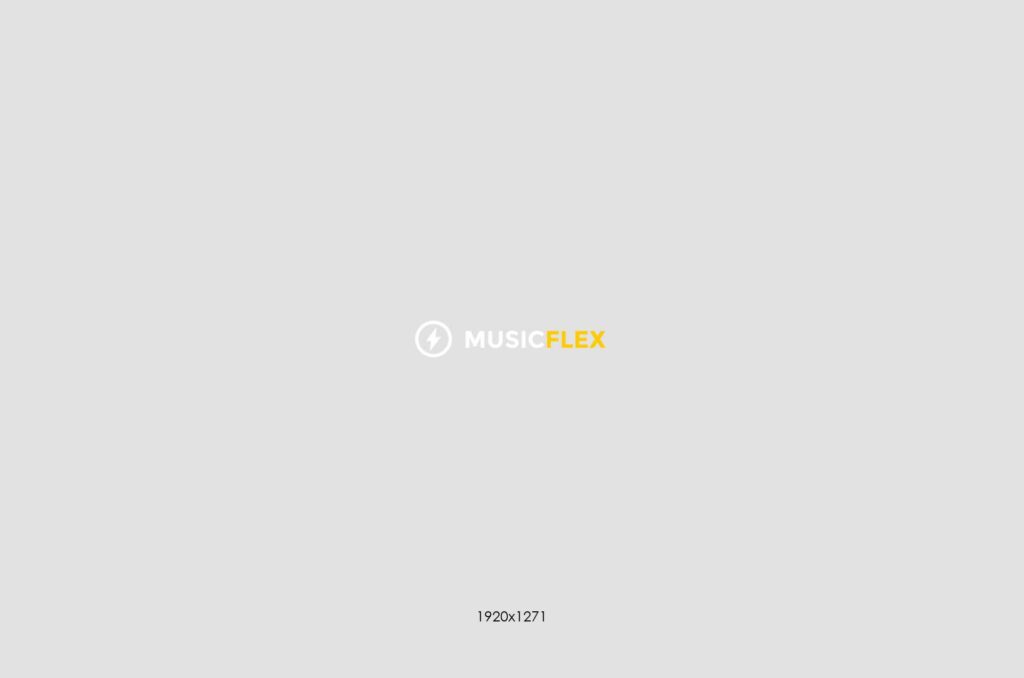That concert was amazing! I had a really great time with all you people who honored me with your presence! I will never forget this day. Especially the applause at the end that made me perform another five songs, this is something all artists should feel at least once in their lifetime. THANK YOU!
The nature of a concert varies by musical genre, individual performers, and the venue. Concerts by a small jazz combo or small bluegrass band may have the same order of program, mood, and volume—but vary in music and dress. In a similar way, a particular musician, band, or genre of music might attract concert attendees with similar dress, hairstyle, and behavior. For example, concert goers in the 1960s often had long hair (sometimes in dreadlock form), sandals and inexpensive clothing made of natural fibers. Regular attendees to a concert venue might also have a recognizable style that comprises that venue’s scene.
A recital is a concert by a soloist or small group which follows a program. It can highlight a single performer, sometimes accompanied by piano, or a performance of the works of a single composer, or a single instrument (organ recital). The invention of the solo piano recital has been attributed to Franz Liszt.[1] Also, a recital may have many participants, as for a dance recital. A dance recital is a presentation of choreographed moves for an audience, usually in an established performing arts venue, possibly competitively. Some dance recitals are seasonal.
Some performers or groups put on very elaborate and expensive shows. To create a memorable and exciting atmosphere and increase the spectacle, performers frequently include additional entertainment devices. These can include elaborate stage lighting, electronic imagery via (IMAG) system and/or pre-recorded video, inflatable sets, artwork or other set pieces, various special effects such as theatrical smoke and fog and pyrotechnics, and unusual costumes or wardrobe. Some singers, especially popular music, augment concert sound with pre-recorded accompaniment, backup dancers, and even broadcast vocal tracks of the singer’s own voice. Activities during these concerts can include dancing, sing-alongs, and moshing. There are many performers known for including these elements in their performances.




Add Comment